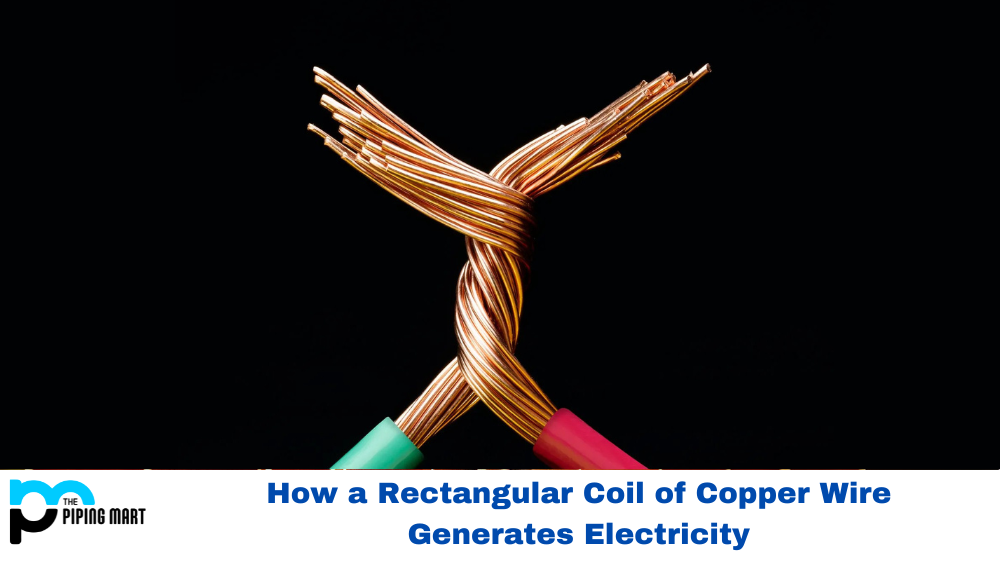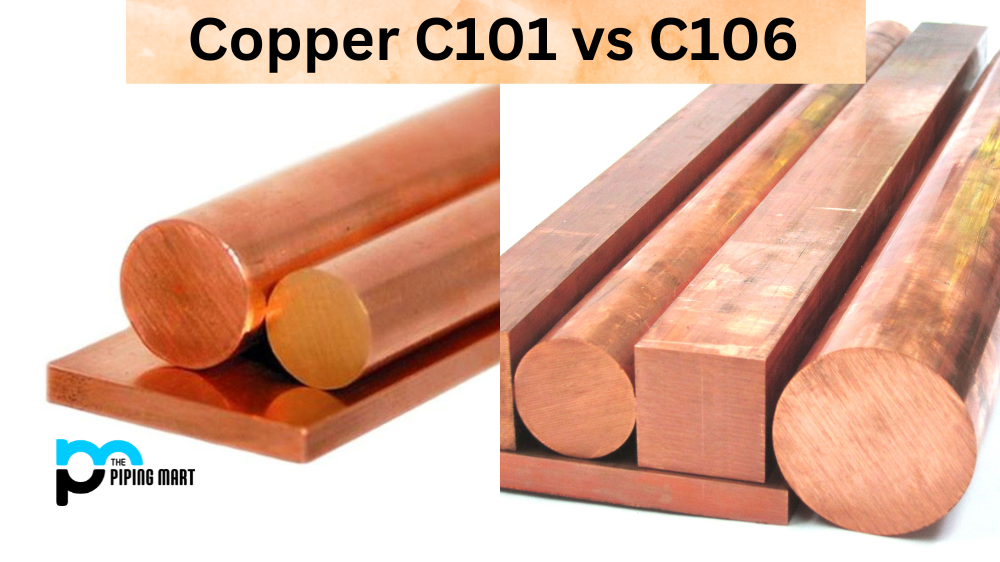Have you ever wondered how electricity is generated? One way of doing so is with a rectangular coil of copper wire that is rotated in a magnetic field. It’s an intriguing process that can produce small to large amounts of electrical power, depending on the size and strength of the coil and the magnetic field. Let’s take a closer look at how this works.
The Principle Behind Generating Electricity with a Rectangular Coil of Copper Wire
Generating electricity using a rectangular coil of copper wire is based on Faraday’s Law, which states that the voltage induced in any closed circuit is equal to the rate of change of flux through it. But, when a current-carrying conductor is placed in a changing magnetic field, an electromotive force (EMF) will be induced in it which causes electric current to flow. This phenomenon is known as electromagnetic induction.
To generate electrical power with this method, you need to have three components:
- The rotating rectangular coil or armature.
- The stationary source of magnetism (usually an electromagnet).
- Something to collect or store the electricity generated by the coil as it rotates in the magnetic field.
The most common way to do this is with an alternator attached directly to the rotor shaft, producing alternating current (AC) that can be used immediately or stored for later use.
How Does It All Come Together?
When all three components are combined and connected correctly, they form what is known as an “electric generator.” As the armature rotates within the magnetic field, EMF will be induced in it due to Faraday’s law. This EMF will cause an electric current to flow in both directions through each turn of wire within the armature, thus generating AC electricity whenever there is relative motion between them. The amount of voltage produced depends on several factors such as the size and strength of both parts, the speed at which they move relative to each other, etc.
Conclusion:
Using a rectangular coil of copper wire to produce electricity has been around since 1831, when Michael Faraday first discovered electromagnetic induction. Although it may seem complicated at first glance, understanding how this process works isn’t too difficult once you understand what goes into making it work—namely Faraday’s law and having three key components combined together correctly—magnetic field source, rotating armature and storage device for generated power). When done properly, this process can provide steady amounts of electric current for powering anything from small electronic devices up to large industrial machines!

Pipingmart is B2B portal specializes in industrial, metal and piping products. Also, share latest information and news related to products, materials and different types grades to help business dealing in this industry.




